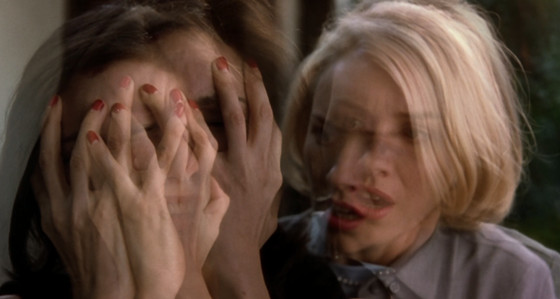
There are plenty of times when someone finishes watching a movie and they know they just witnessed something great, and it is only natural for that person to extol the almost spiritual power of that film. They may be asked “What is it about?” “Why is it so great?”
Sometimes, they may be able to answer these questions with no trouble. But other times, they may have seen a film that is such a singularly unique experience that they cannot even begin to describe it – nonetheless, they still know they’ve seen a great movie. “I can’t explain. You would just have to see it,” they will most likely respond. Here are ten films that have a good chance at putting viewers in that exact position, in the event that the viewer has not seen them yet.
10. Synecdoche, New York (2008, dir. Charlie Kaufman)
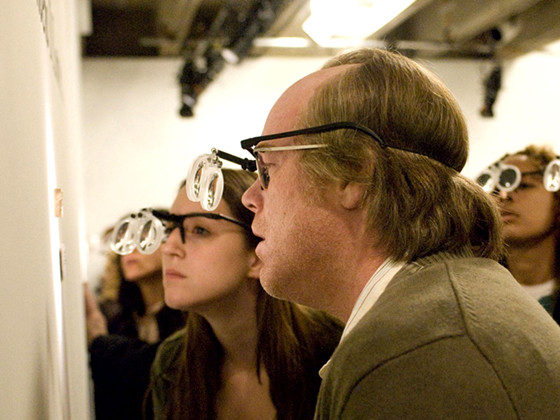
A potential candidate for not only the greatest film of the 2000s (or even perhaps the 21st century so far), Charlie Kaufman’s directorial debut is quite possibly his ultimate masterpiece following an already exceptionally impressive body of work as the writer for Being John Malkovich, Adaptation., and Eternal Sunshine of the Spotless Mind under his belt. An incredibly powerful drama, Synecdoche, New York is also an indescribable emotional and psychological journey only Kaufman could mastermind.
Synecdoche, New York follows middle-aged theater director Caden and his trudge through life itself: loss, grief, pain, suffering, and, ultimately, death. In between it all, Caden concocts a play of vast scale with characters and scenarios directly reflecting his own struggles, complete on a full-scale recreation of New York City as the set. Caden will spend the rest of his life slaving over this tumultuous production, to the point where he lives his life through this production and the stage literally overlaps reality. All the while, he grows older and frailer over a period of time that swiftly passes by until his inevitable death, depicted in an all-too-abrupt fashion.
A coping mechanism, perhaps? A pretentious exercise in solipsism? A means of escape? A desperate attempt to shine some sort of light on life’s meaning? Such are the questions the film raises, but this is not an experience exclusive to those interested in the artistic process and its reflections of life.
In fact, Synecdoche, New York’s universality is its most interesting quality, as Caden’s life can be applied to anyone, to suddenly come about in the world, trying to make sense of it (whether through work, art, or education) with everything but the kitchen sink being thrown at them and then it’s over much too quickly and suddenly, and Kaufman’s cinematic vision manifests these themes perfectly, a task very few other filmmakers could pull off.
9. Slacker (1991, dir. Richard Linklater)
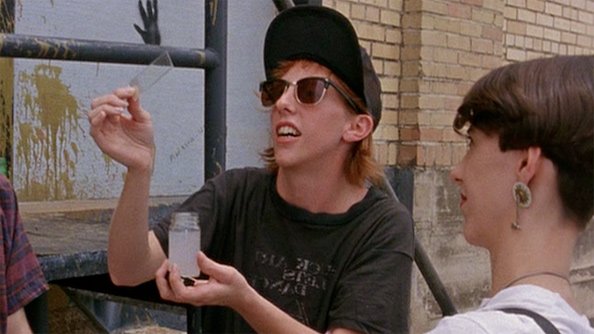
“But, uh, just ’cause that thought crossed my mind… there now exists at this very second… a whole ‘nother reality where I’m at the bus station… and you’re probably giving someone else a ride, you know?”
Located dead center in one of cinema’s most memorable opening monologues, this sentence really set the tone for the rest of Linklater’s cinematic output, films of average joes poignantly musing on existentialism in that average joe-like way. It is also the key sentence in Slacker, his no-budget indie breakthrough. It is also the key to the film’s ability to engage the viewer (but more on that later).
The plot consists of…well, nothing, because a plot for Slacker is nonexistent. Over the course of one day, the audience meets a character, usually a weirdo. They interact with society in some fashion or another, cross paths with another weirdo…and then that person is the focus for the next several minutes. Repeat for the next hour and 40 minutes.
What kind of market exists for Slacker, even the most hardened of cinephiles? It’s all to do with that sentence quoted earlier, from the opening monologue. Without it, the film just might be an insufferably pretentious entry into the indie film scene. What if Linklater stayed at the bus station instead of taking a cab? What if this character didn’t meet that character? What if that character took the left fork in the road instead of the right? For some viewers, Slacker just might end up propelling a series of inward inquiries “What if I had asked that girl out?” “What I decided to go out that night instead of staying in?” The potential to experience this kind of reflective meditation make Slacker all the more reason to watch what should otherwise be unwatchable.
8. Pink Floyd: The Wall (1982, dir. Alan Parker)
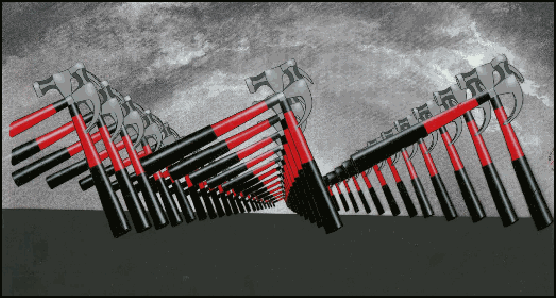
On one level, this is a film that’s actually pretty easy to describe: a film adaptation of Pink Floyd’s seminal concept album. In other words, a 95 minute music video. To look at Pink Floyd: The Wall on such a simple level is unfair to the film. Though it was initiated as a “Pink Floyd Movie”, try to describe it for what that “Pink Floyd Movie is”: a portrait of one man’s downward spiral into complete mental breakdown, where the story-telling method just happen to belong to Pink Floyd.
Everybody knows the story: Pink, a mentally unstable rock and roll idol (played by Bob Geldof, frontman for band Boomtown Rats), has locked himself in a hotel room. On one particular night, his ailments, the rock and roll lifestyle, and his tortured past have built up to the point of volcanic eruption. Reality steadily becomes less and less clear as Pink (and the audience) are taken through the underbelly of the inner cogwheels of his psychosis.
Pink Floyd: The Wall is another case of a filmmaker attempting to visualize a mental state itself as opposed to depicting a character going through said mental state, and what a visualization this is. The key elements in Pink Floyd: The Wall’s power are Gerald Scarfe’s animation and Bob Geldof’s performance. To Scarfe, if one were to project Pink’s mind onto a screen, it would be gritty, kinetic, terrifying, and beyond comprehension. Enter Bob Geldof, in a remarkable performance that emulates the exact same effect of the animated sequences into his physical performance. One could believe that Scarfe’s images are exactly what is going on in Pink’s mind.
What a shame, for such a great film about psychosis to be seemingly written off as just a stoner rock and roll movie (by both detractors and certain fans, alike). A great lead performance, wonderful sets, wild animation, and its choice of script – the music itself – make this a fascinating specimen of cinema and one compelling experience of a movie.
7. My Own Private Idaho (1991, dir. Gus Van Sant)
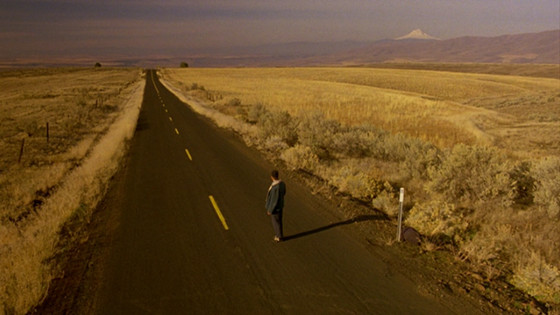
Gus Van Sant’s third feature is an esoteric collage of classic gritty cinematic independence that only the early ‘90s could have concocted, and for this reason it may be the defining film of its time.
Prostitutes and best friends Mike (River Phoenix) and Scott (Keanu Reeves) – the former a narcoleptic, the latter the son of the mayor – are the center of My Own Private Idaho as they traverse the grungy streets of Portland, the vast landscapes of Idaho, all the way to Italy, and back to Portland. Throughout their arduous journey is an intimate and moving tale of friendship, longing, and the search for warmth and comfort in a sordid and unforgiving existence.
To read such a simply plot synopsis, one might assume the material to be a kitchen sink drama or a neorealist piece. Nothing could be farther from the truth, as My Own Private Idaho adapts Shakespeare’s Henry I, II, and V (albeit, loosely with plenty of creative liberty), complete with characters boisterously soliloquizing Shakespearean monologues in modern yet timeless lingo.
These are all stylistic choices that shouldn’t work, but they prevail all because of one thing; the “unreliable narrator” is the saving grace that brings this collage together seamlessly. Mike’s ailment leaves him (as well as the audience) with a fragmented view on the film’s world and events as Mike regularly drifts from reality to dreamy surrealism.
6. Mulholland Drive (2001, dir. David Lynch)
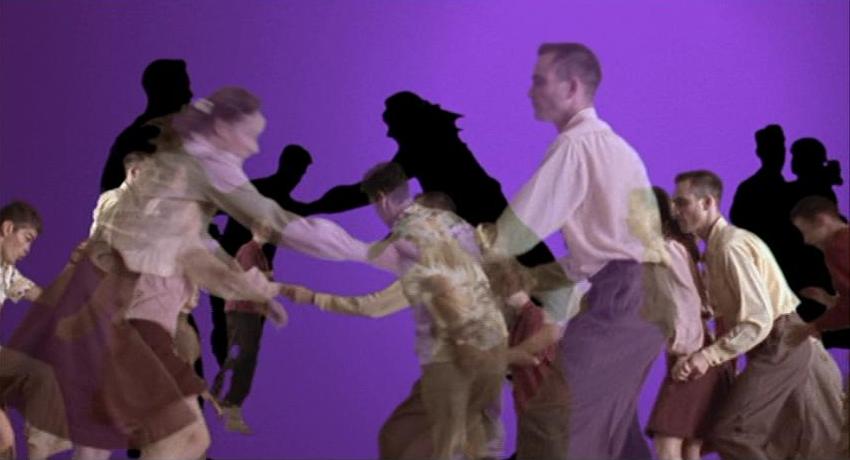
In a catalogue of already (mostly) strange and indescribable films, it is David Lynch’s 2001 masterpiece that just might be more Lynchian than anything before.
In between sequences scattered throughout that may appear meaningless to the story – including a monstrous confrontation at a diner and a hitman whose next hit goes so hilariously wrong Tarantino would be proud – a car crash occurs on Mulholland Drive, leaving the only survivor (Laura Elena Harring) with amnesia, a hefty sum of cash, and a strange blue key. Meanwhile, Betty Elms (Naomi Watts) arrives into Hollywood an aspiring actress. These two characters cross paths and steadily descend down a Kafkaesque rabbit hole dual functioning as a loathe letter to Hollywood.
Mulholland Drive just might be the quintessential David Lynch film, as most (if not all) of his signature trademarks are present, and with all of those trademarks in place makes for a more (obviously) Lynchian experience, and the more Lynchian, the more disturbingly puzzling the film will be. In the case of Mulholland Drive, which may or may not involve shattered dreams, split personalities, and the duality of illusion and reality, it is a casual watcher’s brain-splitting nightmare and a Lynch fan’s dream come true.